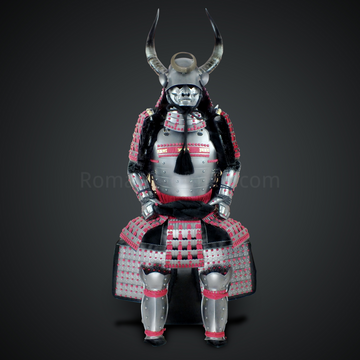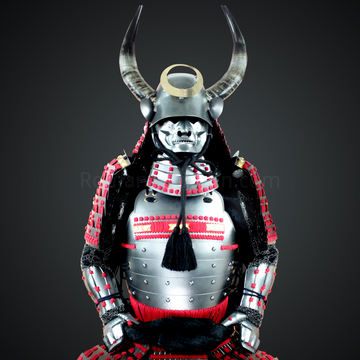Hijiki Hada in Japanese Katana terminology
What is Hijiki Hada in Japanese Katana terminology?
Hijiki Hada or ひじき肌 in Japanese, refers to a distinctive state of the ground iron (jigane) seen in the works of the swordsmith Hankei (繁慶), who was active during the early Edo period. The term ""Hijiki Hada"" literally translates to ""hijiki skin"", which describes the appearance of the pattern that resembles the texture of hijiki, a type of seaweed that is commonly used in Japanese cuisine.
This pattern is characterized by a forging skin (Kitae Hada) made of Itame (wood grain) that is created by mixing and forging together iron of different hardness. The welded parts open up, and the ground pattern (Chikei) along these parts takes on a blackish hue, which is reminiscent of hijiki. This is why it is called ""Hijiki Hada"".
The pattern of the ground iron (jigane) plays a significant role in the aesthetics and value of a Japanese sword. It is one of the factors that sword connoisseurs look at when evaluating a sword. The Hijiki Hada, with its unique pattern that resembles the texture of hijiki, is a distinctive feature that sets Hankei's swords apart.







